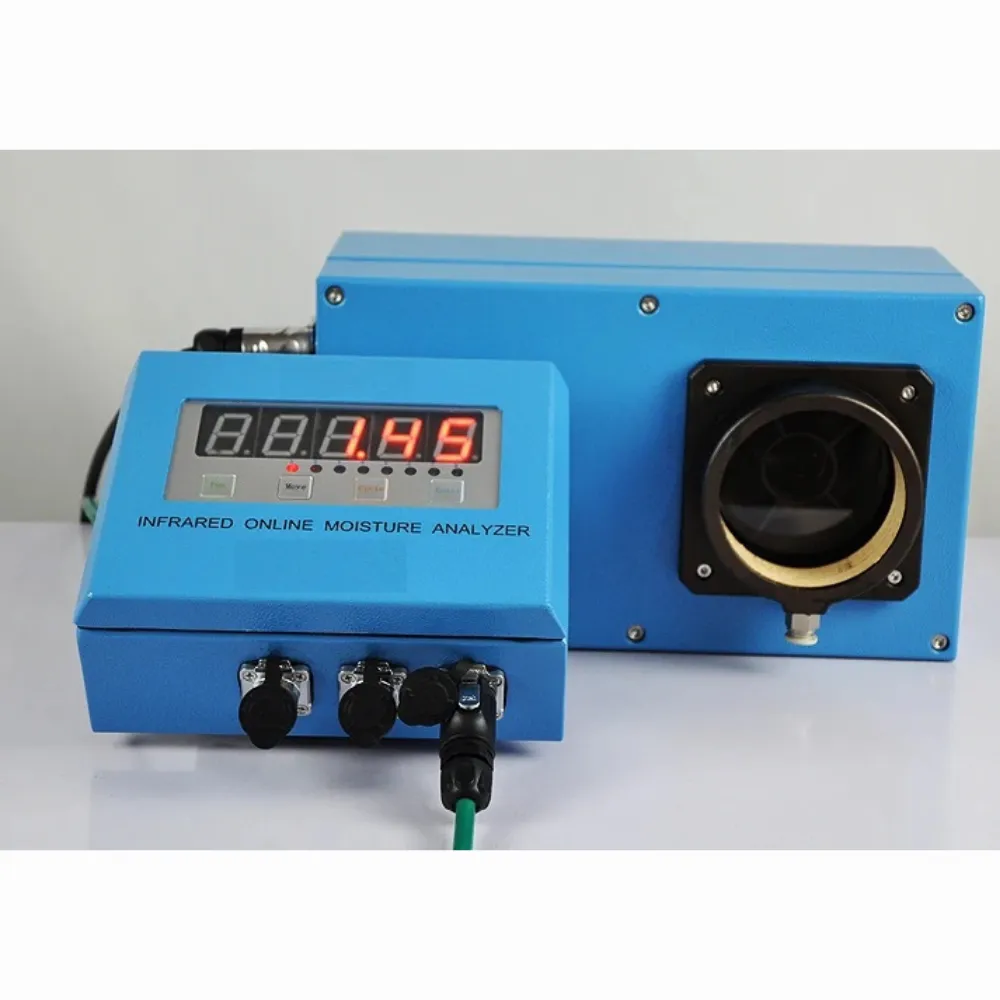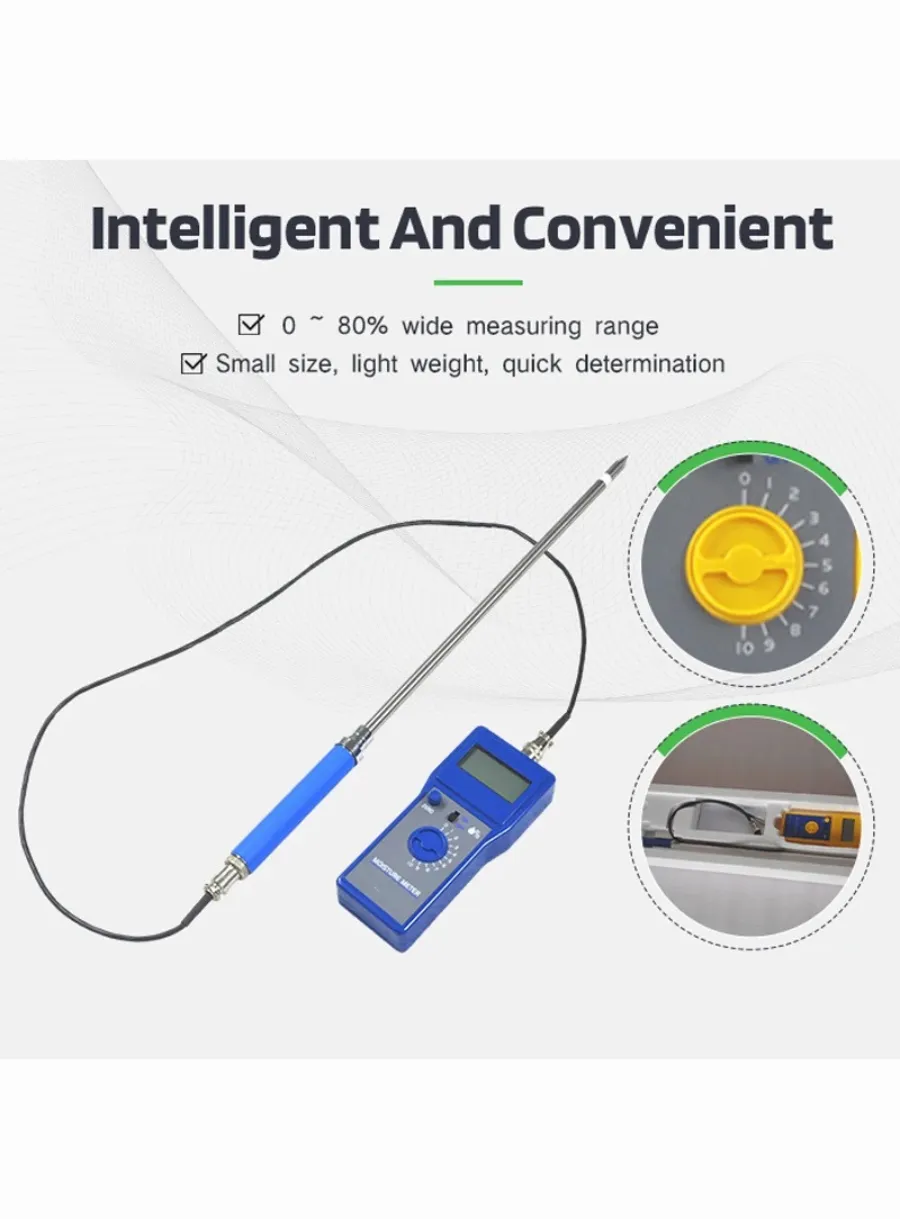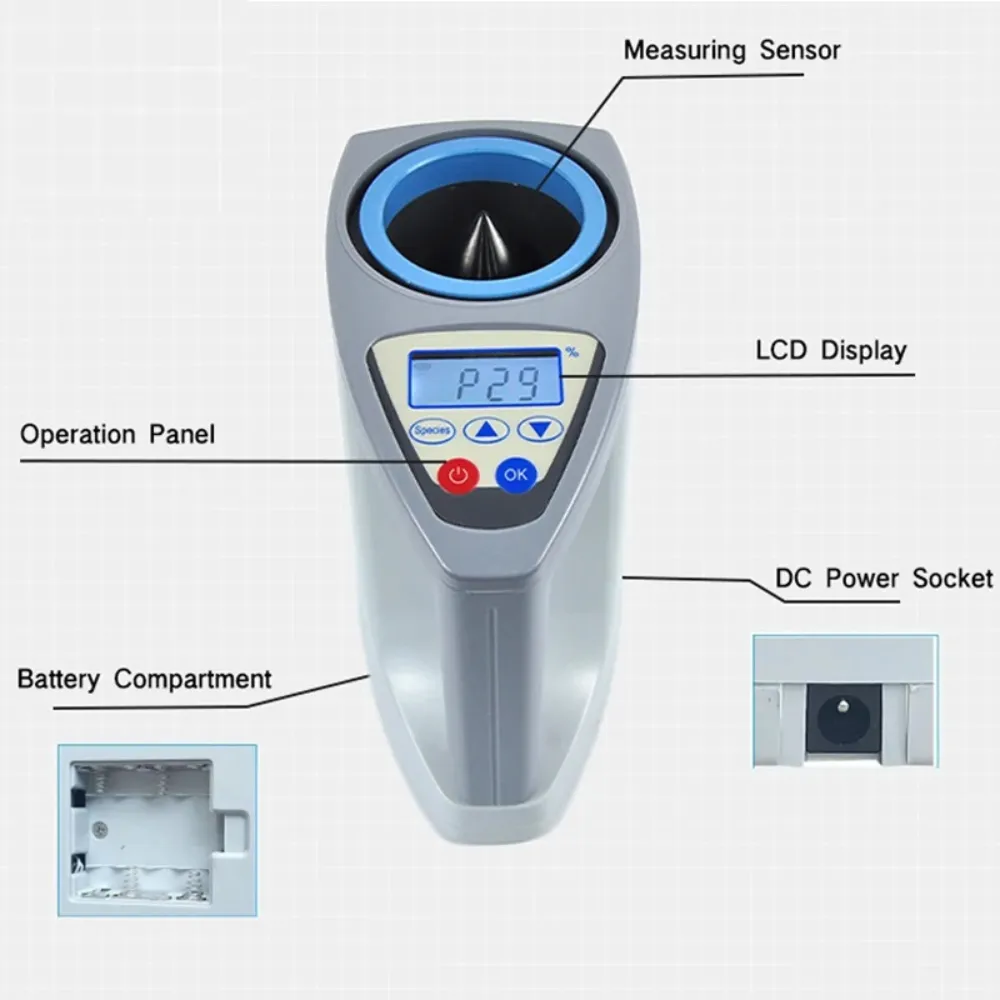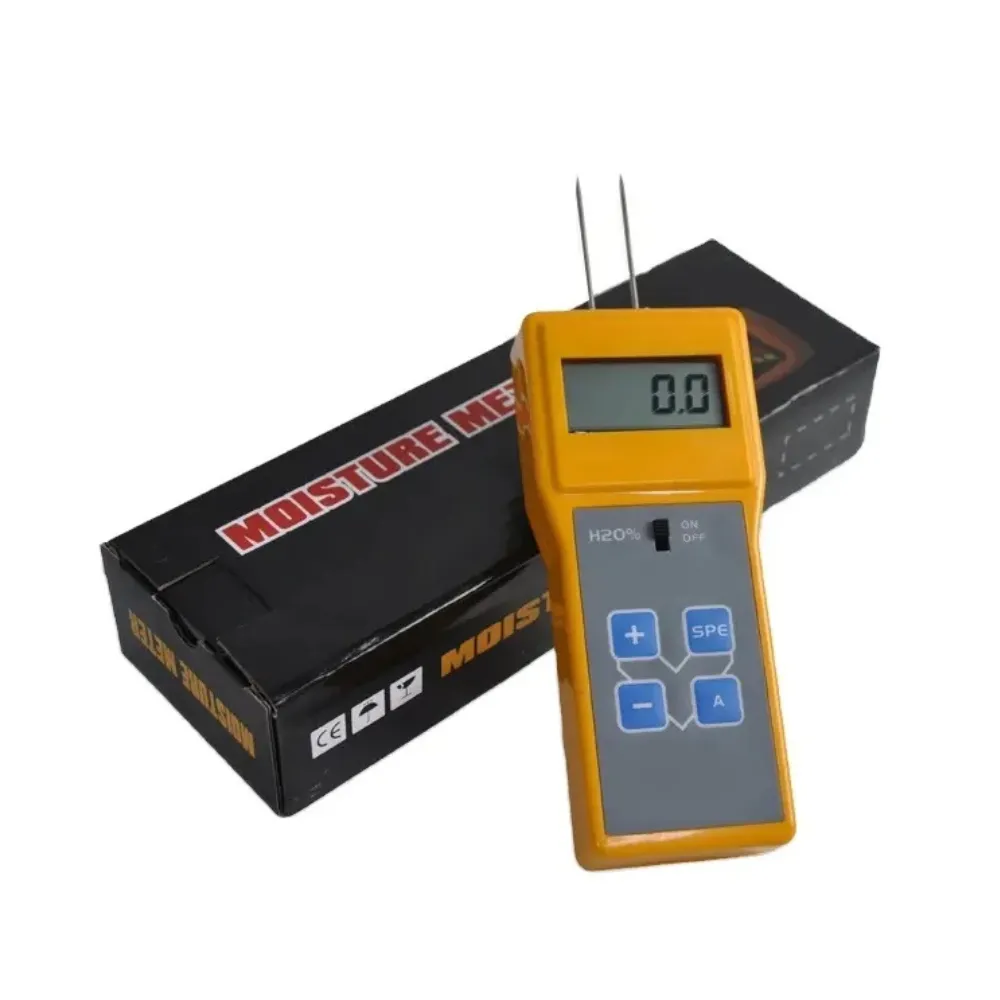
Types of Hay Moisture Meters
Table of Contents
Hay moisture meters are crucial tools for hay producers, providing reliable moisture content (MC) readings to ensure the quality and stability of the hay. These devices typically operate on the principle of electrical resistance or capacitance, measuring how easily an electrical current can pass through the hay, which varies with its moisture content.

Baler-mounted meters are integrated directly into the baler, providing continuous moisture level readings as the hay is being baled. This allows for immediate adjustments during the baling process to ensure optimal moisture content. An example is the FX-2000 meter, which can operate in a continuous mode, taking two readings per second and allowing it to be plugged into the tractor’s power supply.
Probe Meters: Portable Spot-Checking Tools
Probe meters use a prod or probe that is inserted directly into the hay to provide quick readings. This type of meter is highly portable and allows for spot checking in various locations within a hay bale. An example of this is a hay moisture meter with a 60cm stainless-steel probe designed for bale measurements and robust enough to be used in harsh environments.
Analog Meters: Simple and Reliable
For those who prefer analog displays, devices like the F-6 and the F-6-30 offer easy-to-read analog displays and simplified controls. These meters are ideal for both novice and seasoned hay producers, providing reliable and accurate measurements. The F-6-30 is particularly suitable for hay intended for export markets that require lower moisture content.

Digital Meters: Advanced Features for Precision
Digital hay moisture meters, such as the Delmhorst models, offer clear, easy-to-read displays and can average multiple readings, displaying both the average and highest readings. They come with additional features like built-in calibration checks and adjustable alarms to alert users when a preset moisture content level is exceeded. The ergonomically designed digital meters also feature large, well-lit screens, making it easy to read data even in dimly lit storage areas.
Pin and Pinless Meters: Different Measurement Techniques
Pin moisture meters work by inserting pins into the hay and measuring the electrical resistance encountered by a current passing between the pins. Pinless meters, on the other hand, use a high-frequency signal to permeate the material and measure its ability to hold a charge. Both methods are effective, with pin meters being more commonly used for hay due to their ability to penetrate bales deeply.
Choosing the Right Hay Moisture Meter
Understanding the types of hay moisture meters available can help producers select the right tool for their specific needs, whether for spot-checking in the field or continuous monitoring during baling.
Comments
Tags
Frequently Asked Question
Lorem ipsum dolor sit amet, consectetur adipiscing elit. Ut elit tellus, luctus nec ullamcorper mattis, pulvinar dapibus leo.
Hay moisture meters typically operate on the principle of electrical resistance or capacitance, measuring how easily an electrical current can pass through the hay, which varies with its moisture content.
Baler-mounted meters provide continuous moisture level readings during the baling process, allowing for immediate adjustments to ensure optimal moisture content.
Probe meters use a prod or probe that is inserted directly into the hay, making them highly portable and ideal for spot-checking moisture levels in various locations within a hay bale.
Pin meters insert pins into the hay to measure electrical resistance, while pinless meters use a high-frequency signal to measure the material’s ability to hold a charge. Pin meters are more commonly used for hay due to their ability to penetrate bales deeply.


